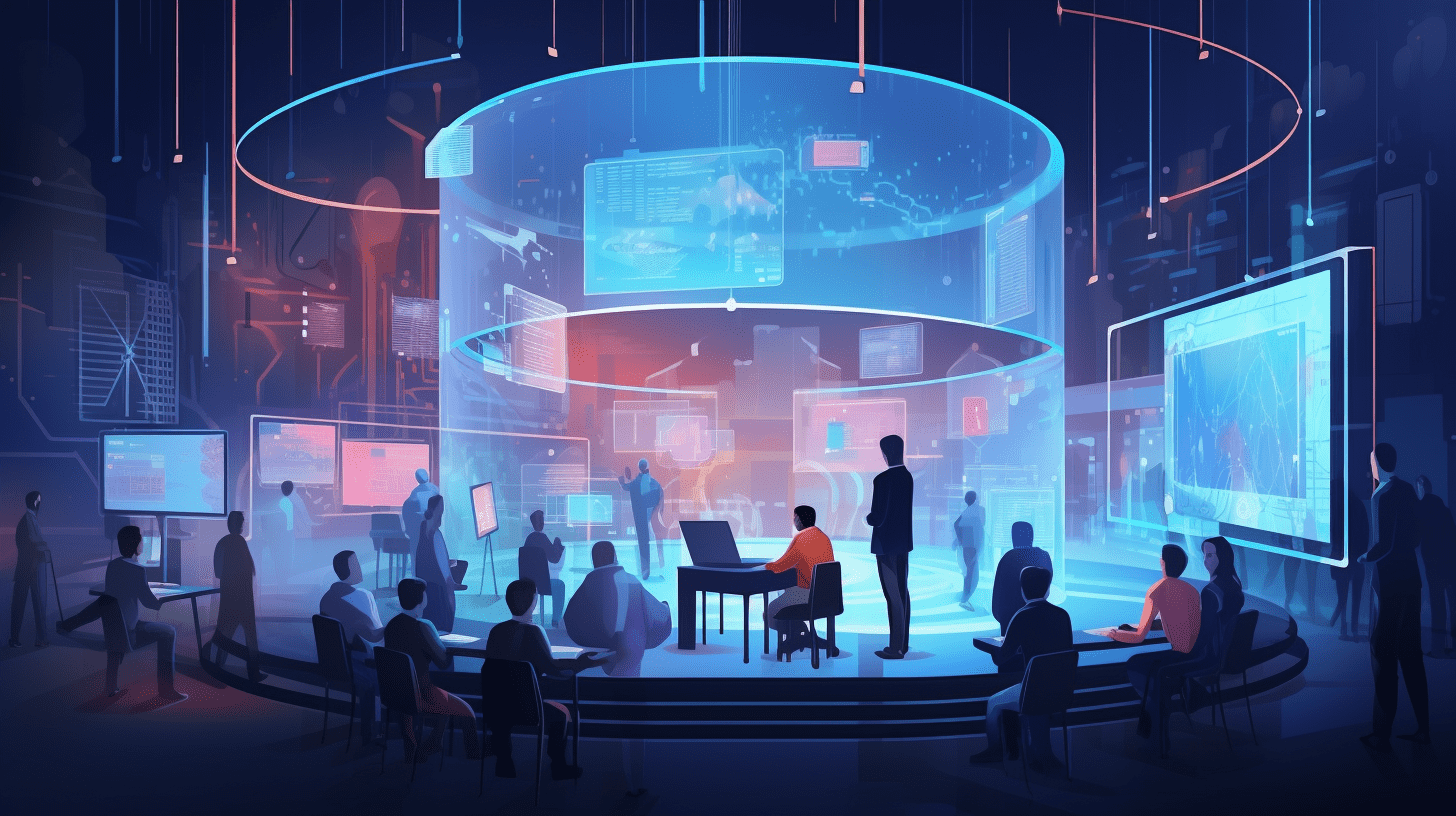
CICC: The toy industry is gradually transforming into an "emotional service terminal" under the empowerment of AI+IP.
CICC released a research report stating that AI toys are based on "human-machine empathy" and "IP ecosystem matrix", realizing "AI companionship" in offline venues, and creating a new paradigm of "immersive companionship". The bank has observed that many domestic and foreign manufacturers have entered the field, and the frequency of AI toys appearing at various technology and consumer exhibitions (such as CES 2025/MWC and AWE) is gradually increasing. The bank believes that under the empowerment of AI+IP, the AI toy industry is gradually transforming into an "emotional service terminal".
Main points of CICC:
Frequent introduction of AI toy products in the competition track, AI capability enhancement to meet demand, technological iteration to enhance "intelligence"
The bank believes that the core reason for the increasing popularity of the AI toy competition track is: 1) The rise of demand side "lonely economy" (children's companionship, elderly care, young singles, etc.), with high technology acceptance by 80/90s parents in children's scenarios, who are willing to pay a premium for education/companionship products, while also experiencing "AI anxiety", with AI toys meeting the demand and easing the "anxiety". 2) On the supply side, AI technology capabilities are improving, supporting stronger and smoother interactive experiences, with toy response levels improving. As of now, many domestic manufacturers have entered the AI toy competition track, including start-ups that are not yet listed and some listed companies.
Core competitiveness: Interaction technology, IP attributes, and business positioning
1) At the technological level, emphasis on optimizing interactive experiences (response speed, appropriateness of tone), model accuracy (meeting needs in different scenarios), and cost control capabilities. 2) In terms of image, emphasis on adapting IP images or native images for different audiences, on the one hand, through IP's natural endorsement, improving user acquisition efficiency, lowering acceptance thresholds; on the other hand, deepening companionship emotions, enhancing product emotional value, and increasing user stickiness. 3) In terms of business positioning, clear targeting of product audience groups, and deep exploration of niche markets.
Future space and challenges
Market growth depends on penetration and expansion of user groups, with attention still needed on risks such as children's privacy and usage safety. The bank believes that in terms of market growth, the core focus should be on: 1) Penetration and coverage of children's user groups, first supporting the coverage of existing user groups, and then considering issues such as birth rates; 2) Expanding market coverage to include young people, elderly people (adapted for aging), etc. The bank also points out the risks that need to be considered, including but not limited to: 1) Risks of use by minors due to lack of self-control and judgment; 2) Risks of social interaction defects caused by excessive reliance on toys; 3) Children's information privacy and security, etc. In terms of challenges, the main focus is on: 1) Whether technology can further upgrade and integrate to improve interaction smoothness, emotional response accuracy, etc.; 2) Looking further into the future, whether the track will be replaced by larger-capacity whole-home smart homes, general household Siasun Robot & Automation, etc.
Risks
Risks of children's information security and privacy, risks of use by minors, ethical and responsibility definition issues, AI technology iteration falling short of expectations, increased competition, new products falling short of expectations.
RECOMMEND
©️2013 - 2025 GMT EIGHT Holdings. All Rights Reserved.
Contact: [email protected]


